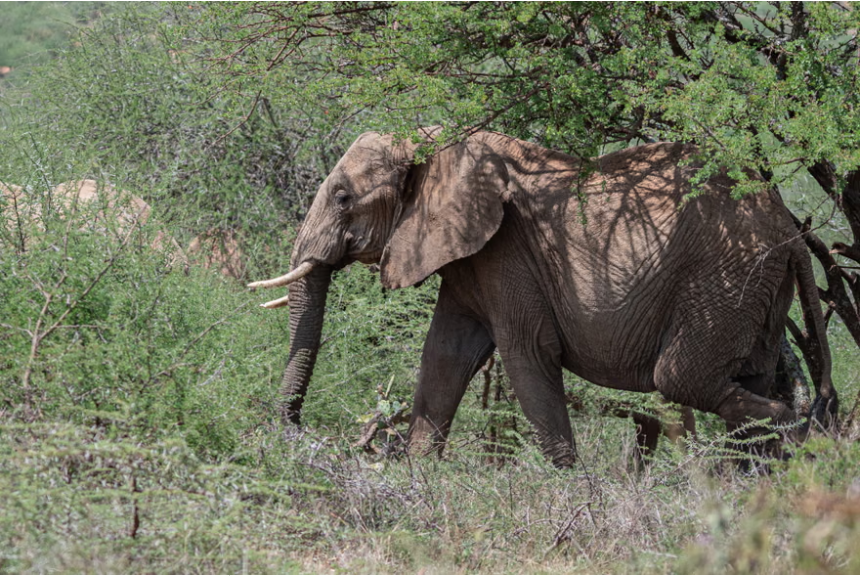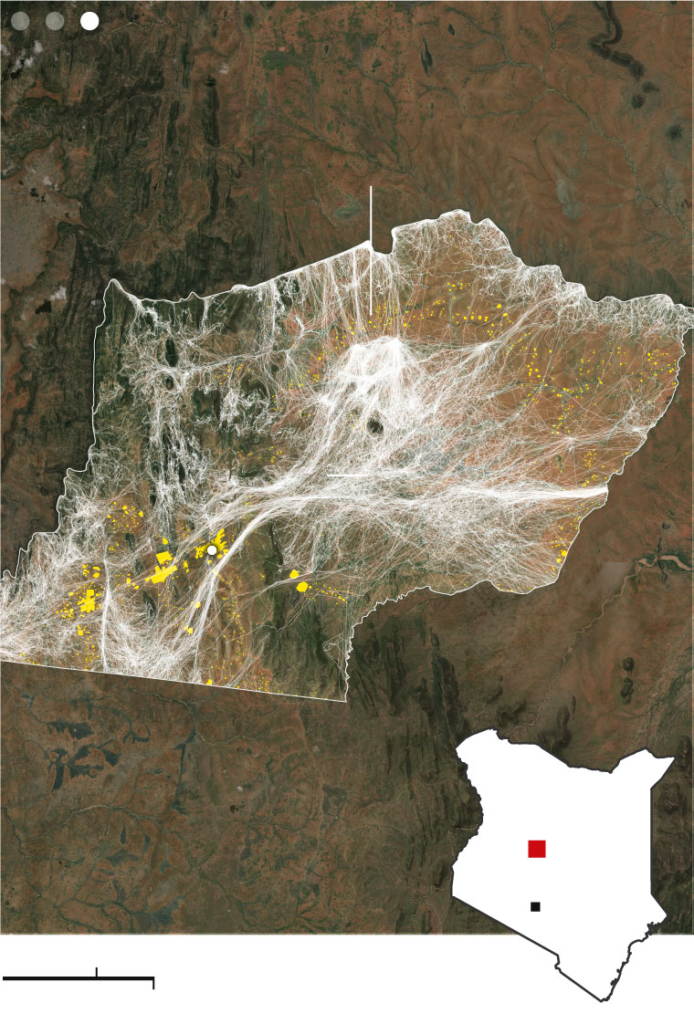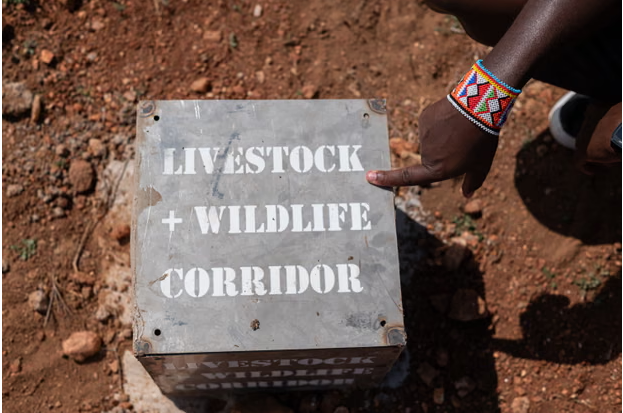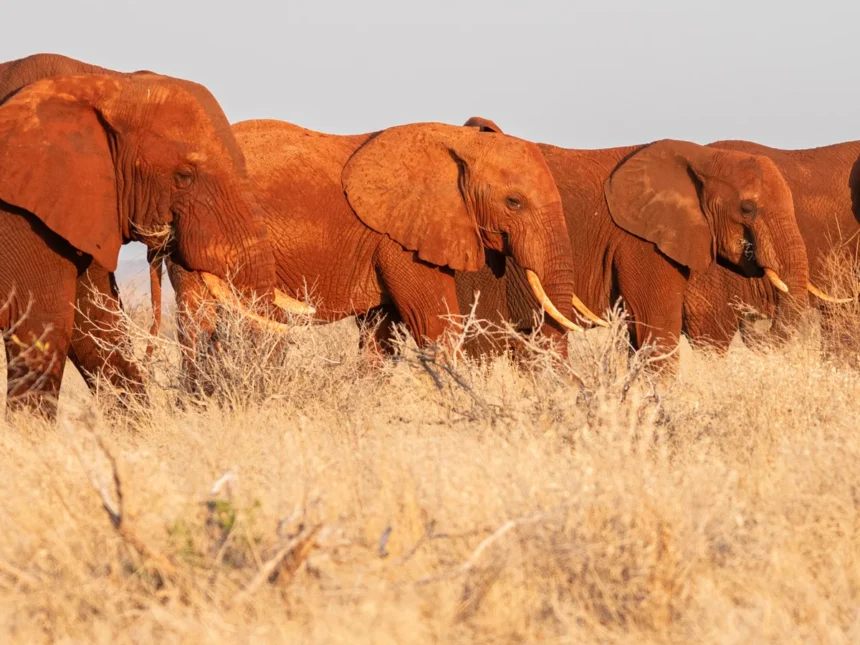Elephant Migration Routes Blocked – Rising Death Toll Alarms Experts
Ancient Paths Cut Off by Development

At nearly 3.5 metres tall and as heavy as a bus, you could easily assume Goshi – one of fewer than 30 remaining African “super‑tusker” elephants – would stand out. But in the dry, grey scrub of northern Kenya, even his radio tracker beeps that he’s within 200 metres, and he remains almost invisible.
For thousands of years, elephants have followed seasonal rains across vast distances. But today, many of the elephant migration routes blocked by highways, railways, fences and expanding human settlements are disrupting those ancient movements.

Human‑Wildlife Conflict Overtakes Poaching
In Kenya’s vast rangelands, the true crisis isn’t just ivory poachers anymore — conflict between people and elephants has become the more deadly threat. The destruction of crops, raids at night, and fatal encounters are on the rise.
One village elder described how his teenage son was attacked just metres from home while herding goats. The bull elephant struck so fast that escape was nearly impossible.https://www.youtube.com/watch?v=PkuWF70tvuw

Why Migration Routes Are Being Blocked
- Roads, railways and electric lines often cut right through traditional elephant pathways.
- Climate‑driven droughts and habitat loss push elephants into human settlements in search of food and water.
- With fewer clear corridors, herds funnel through bottlenecks and collide more frequently with communities.
Life on the Frontline: Communities Adapt
In Oldonyiro village, which sits on a key passageway for migrating elephants, life has shifted. Fields of cassava are uprooted overnight, children play near trails once used only by animals, and villagers stay alert through the night.
But some communities are fighting back with innovation. Farmers have installed beehive fences — strands of beehives spaced around fields that deter elephants with buzzing bees. Research shows these fences can reduce crop raids by up to 86 % under the right conditions.

Can Anything Stop the Rising Death Toll?
Preventing fatalities on both sides means restoring and protecting migration corridors, improving early‑warning systems, and involving local people in solutions rather than sidelining them. Groups like the World Wildlife Fund highlight that restoring natural movement paths is key to reducing conflicts.
Solutions include:
Wider land‑use planning that keeps space for wildlife.
Mapping and protecting existing elephant routes.
Encouraging farmland fencing and deterrents.
Community‑led monitoring of elephant movement.




